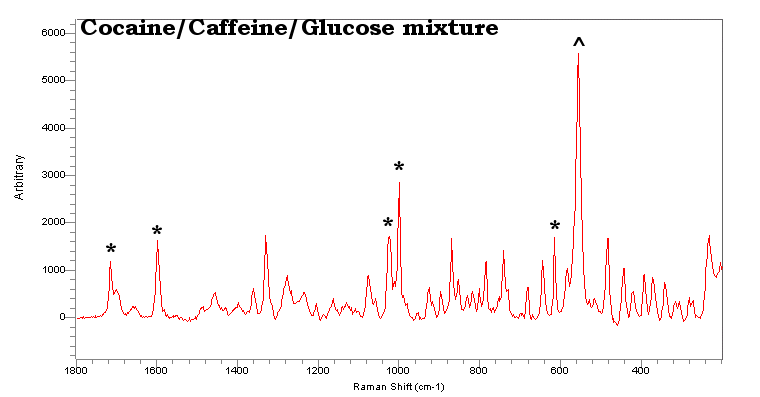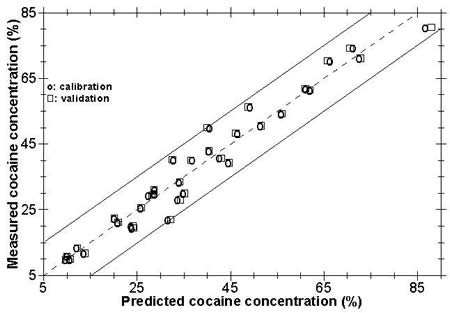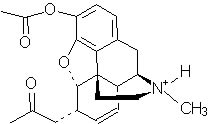-
Courses

Courses
Choosing a course is one of the most important decisions you'll ever make! View our courses and see what our students and lecturers have to say about the courses you are interested in at the links below.
-
University Life

University Life
Each year more than 4,000 choose University of Galway as their University of choice. Find out what life at University of Galway is all about here.
-
About University of Galway

About University of Galway
Since 1845, University of Galway has been sharing the highest quality teaching and research with Ireland and the world. Find out what makes our University so special – from our distinguished history to the latest news and campus developments.
-
Colleges & Schools

Colleges & Schools
University of Galway has earned international recognition as a research-led university with a commitment to top quality teaching across a range of key areas of expertise.
-
Research & Innovation

Research & Innovation
University of Galway’s vibrant research community take on some of the most pressing challenges of our times.
-
Business & Industry

Guiding Breakthrough Research at University of Galway
We explore and facilitate commercial opportunities for the research community at University of Galway, as well as facilitating industry partnership.
-
Alumni & Friends

Alumni & Friends
There are 128,000 University of Galway alumni worldwide. Stay connected to your alumni community! Join our social networks and update your details online.
-
Community Engagement

Community Engagement
At University of Galway, we believe that the best learning takes place when you apply what you learn in a real world context. That's why many of our courses include work placements or community projects.
Forensics/Raman
Small Molecule/Forensics Research.
|
|
Research goals:
We were interested in:
- using Raman spectroscopy with multivariate analysis (chemometrics and machine-learning) to develop automated methods for the identification, classification, and quantification of illicit narcotics.
- Using Raman spectroscopy toc haracterise novel molecules and materials.
Benefits of Raman Spectroscopy: The Raman effect probes the vibrational energy levels of molecules and can provide immediate and useful information on the structure and identity of substances in solid, liquid and gaseous phases. The technique is non-contact, non-destructive and requires minimal or no sample preparation. Raman spectroscopy has been a well-established technique for the characterisation of materials such as thin hard films, polymers, proteins, tissue, DNA, and semiconductor devices. Raman spectroscopy has a number of distinct advantages over IR absorption spectroscopy. Sample preparation in many cases is not required, permitting analysis of bulk or microscopic materials in-situ. Unlike IR, water has a very weak Raman signal and so Raman spectra can be easily collected from aqueous solutions or moist materials. Micro-Raman spectroscopy can achieve a spatial resolution approaching 1 micron as opposed to 10-20 micron for IR absorption spectroscopy. This high spatial resolution has allowed the Raman analysis of discrete micron-sized particles, including the determination of drug levels in individual cells and the analysis of specific defect and/or cell adhesion regions of medical devices to determine the nature of any surface degradation. Using Raman spectroscopy, measurable parameters include conformational and structural changes in bio-films, chemical nature of microscopic inclusion defects in fabricated devices, and micro-stresses in ceramic materials. For polymer coatings and polymer fabricated medical devices, the rapid measurement of critical parameters such as crystallinity, film orientation, composition and degree of polymer cross-linking are possible.
Analysis of illicit narcotics:
Below are some Raman spectra of some common narcotics that we have collected on the LabRam Infinity using 785 nm excitation. As you can see the sharp well defined bands in the spectra make identification and discrimination of the narcotics relatively easy in simple mixtures. Some typical Ramam spectra of narcotics are shown below, they were taken using 785 nm excitation.



The spectrum above is a mixture, some of the Cocaine bands are marked by (*) while the band marked (^) is due to the caffeine dilutant. The glucose bands are very weak and not as well defined as the more crystalline cocaine and caffeine.
We use multivariate analysis to generate quantitative models of narcotic concentrations in solid mixtures, the plot below shows the result of one such model in which cocaine was mixed with glucose and caffeine. In this case we could predict the cocaine concentration to an accuracy of +/- ~8% (twice the RMSEP value) from a single Raman spectrum. We are continuing to develop new approaches to quantifying narcotic concentrations.

Past Research covered a wide variety of topics including: 2009-10: automated analysis of home made explosives as part of an undergraduate research project. This project made use of various spectroscopic methods to probe these materials, coupled with chemometric analysis for quantitative analysis. 2003-07: Analyze-IQ, development of software tools for materials analysis.
Publications and Conference Presentations
- Qualitative Analysis using Raman Spectroscopy and Chemometrics: a comprehensive model system for narcotics analysis. M.-L. O’Connell, A.G. Ryder, M.N. Leger, and T. Howley. Applied Spectroscopy, 64(10), 1109-1121, (2010). Online at: http://www.opticsinfobase.org/abstract.cfm?URI="as-64-10-1109 .
- Comparison of derivative pre-processing and automated polynomial baseline correction method for classification and quantification of narcotics in solid mixtures. M.N. Leger and A.G. Ryder, Applied Spectroscopy, 60(2), 182-193, (2006) . DOI: 10.1366/000370206776023304
- Surface Enhanced Raman Scattering (SERS) for Narcotic detection and applications to Chemical Biology. A.G. Ryder, Current Opinion in Chemical Biology, 9(5), 489-493, (2005).
- The Effect of Principal Component Analysis on Machine Learning Accuracy with High Dimensional Spectral Data. T. Howley, M.G. Madden, M.-L. O’Connell, and A.G. Ryder, Knowledge-Based Systems , 19(5), 363-370, (2006). DOI: 10.1016/j.knosys.2005.11.014
- Qualitative and quantitative analysis of chlorinated solvents using Raman spectroscopy and machine learning. J. Conroy, A.G. Ryder, M.N. Leger, K. Hennessey, and M.G. Madden. Proc SPIE Int. Soc. Opt. Eng ., 5826, 131-142, (2005). [ full paper]
- Classification of a target analyte in solid mixtures using principal component analysis, support vector machines and Raman spectroscopy, M. O'Connell, A.G. Ryder, M.N. Leger, T. Howley, and M.G. Madden. Proc SPIE Int. Soc. Opt. Eng., 5826, 340-350, (2005). [ full paper]
- An improved genetic programming technique for the classification of Raman spectra. K. Hennessy, M. G. Madden, J. Conroy, and A.G. Ryder. BCS Conference Series, Applications and Innovations in Intelligent Systems XII, Proceedings, 181-192, (2005). Springer, ISBN 1-85233-908-X.
- Combining Genetic Algorithms, Neural Networks and Wavelet Transforms for Analysis of Raman Spectra. K. Hennessy, M.G. Madden, and A.G. Ryder, Proceedings of the 15th Irish Conference on Artificial Intelligence & Cognitive Science, Sept. 2004. [ full paper]
- Machine Learning Methods for Quantitative Analysis of Raman Spectroscopy Data, M.G. Madden and A. G. Ryder, Proc SPIE vol. 4876, 1130-1139, (2003). [ paper availble on ARAN]
- Classification of narcotics in solid mixtures using Principal Component Analysis and Raman spectroscopy. A.G. Ryder, Journal of Forensic Sciences, 47(2), 275-284, (2002). Abstract & paper from ASTM site
- Quantitative analysis of cocaine in solid mixtures using Raman spectroscopy and chemometric methods. A.G. Ryder, G.M. O'Connor, and T.J. Glynn, Journal of Raman Spectroscopy, 31(3), 221-227, (2000).
DOI: 10.1002/(SICI)1097-4555(200003)31:3<221::AID-JRS518>3.0.CO;2-5 - Identifications and Quantitative Measurement of Narcotics in Solid Mixtures Using Near-IR Raman Spectroscopy and Multivariate Analysis. A.G. Ryder, G.M. O'Connor, and T.J. Glynn, Journal of Forensic Sciences, 44(5), 1013-1019, (1999). Abstract & paper from ASTM site. DOI: 10.1520/JFS12031J Full text, available here (author version).
Prof. Alan G. Ryder
Room 213, University of Galway, University Road, Galway, Ireland.
Tel: +353 (0)91 492943 or ext. 2943 (internal)
E-mail: alan.ryder at nuigalway.ie
This page was last updated 12/04/2024.

















